
Sustainability is not just the latest buzz word, it has become the new norm. People are starting to pay attention to what they wear, the process through which the clothes are made and their origin. Out of all fabrics that are popular in sustainable fashion, one that is particularly notable is lyocell. Sustainable, flexible and biodegradable, lyocell is perfect for those who are seeking for a balance between comfort and sustainability.
Here, we will be able to define the material and give a detailed overview of the manufacturing process, sustainability aspect as well as the comparison with other fabrics. We will also look at its applications, advantages, and disadvantages, and why many big brands and fabric manufacturers such as Suzhou Yanmao Textile Technology Co., Ltd are now integrating it into their products.
If you are an environmentally conscious buyer, studying fashion and textiles, or a sustainable brand seeking the latest fabric material, this article covers all the details about lyocell.
What Is the Lyocell?
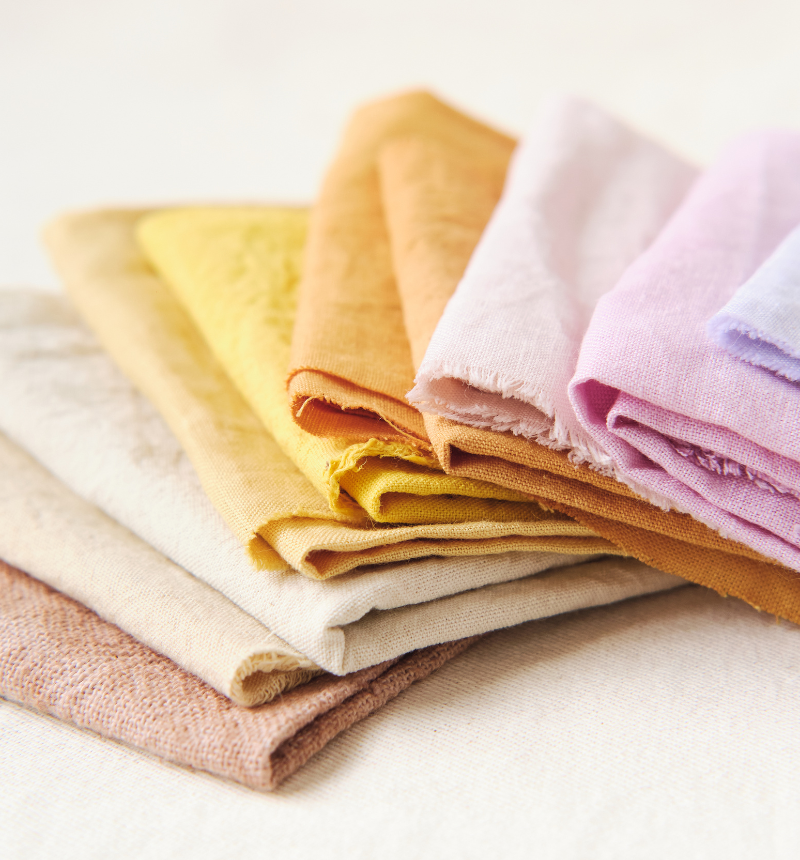
Lyocell is a semi-synthetic fabric derived from cellulose fiber obtained from the wood pulp. Even though it is processed from man-made material, it is being classified as natural fiber as the raw material used is derived from renewable resources such as eucalyptus, beech or spruce. The fabric is soft and shiny like silk, comfortable like cotton or polyester, and less hazardous to the environment as compared to other fabrics.
First used in the late 20th century, lyocell is now a popular fabric used in fashion, activewear, and home textile industry, made famous by TENCEL™, a product of Lenzing AG. It feels soft to the touch and has a luxurious appeal without the environment compromise that synthetic or conventional cotton fabrics require. This is what makes it popular, how it is manufactured and how it functions.
What Is Lyocell Fabric Made From?
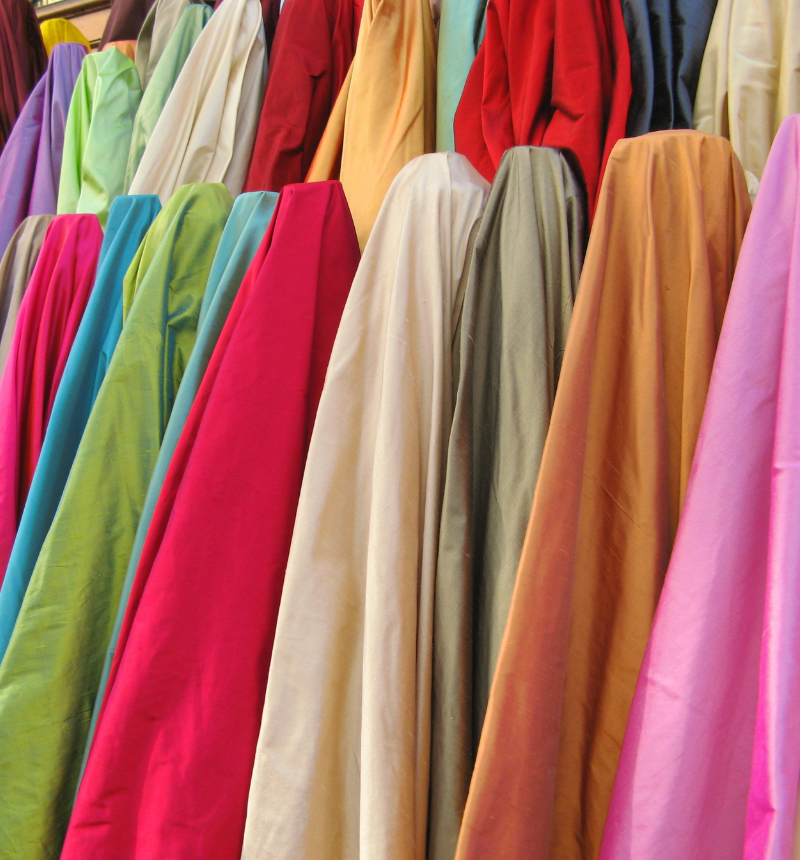
Lyocell starts with trees. It got its name from the wood pulp which is processed in a special way to produce cellulose, the fiber which gives the fabric body and flexibility. The woods used (eucalyptus and beech) are both fast growing and can be sourced from certified, sustainably grown timber sources.
In contrast to viscose or traditional rayon, the tencel production, which involves the use of hazardous chemicals and a lot of water, lyocell is made out of a closed loop process. This means:
- A major advantage of this method is that up to 99% of the solvent used (NMMO) can be recycled and reused.
- Wastewater is minimized.
- It concerns energy usage, which is considerably lower than in the case of conventional textile manufacturing.
This is regarded as one of the cleanest processes in the textile sector of the industry. That is why organic bamboo lyocell is hailed as a sustainable fabric not only in its origin, but also in its production. In this case, at Suzhou Yanmao Textile Technology Co., Ltd., these aspects matter.
Yanmao takes pride in maintaining quality control, sustainability, and innovation, which makes the company use lyocell and other sustainable thin fibers to provide sensible solutions for brands worldwide.
Key Properties of Lyocell Fabric
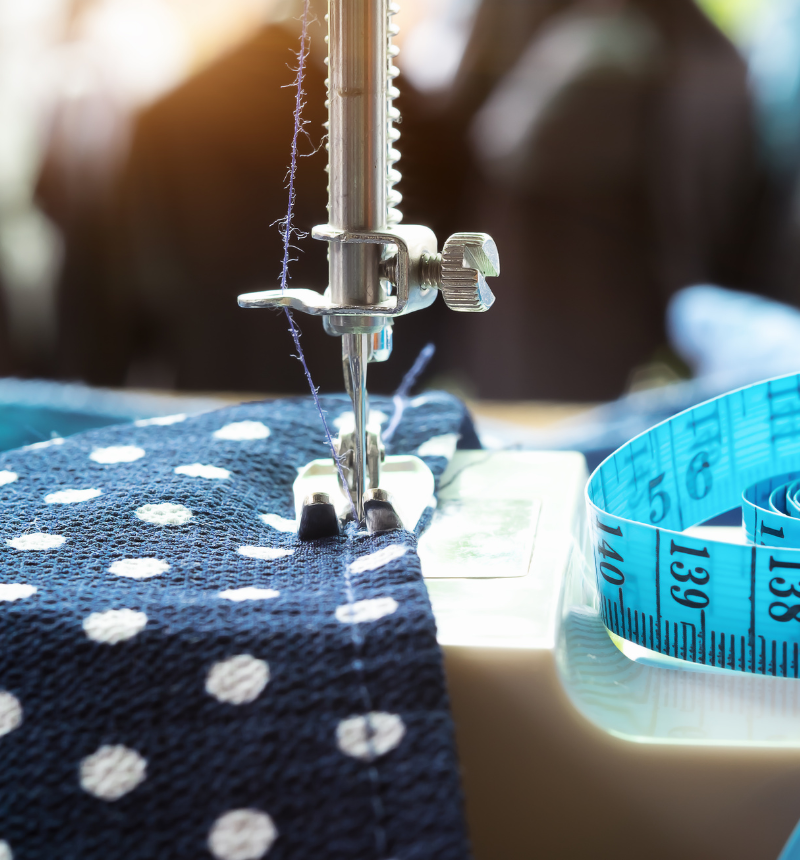
Lyocell is not only an ecological material, it is a pleasure to wear and to work with. The following are the properties that make it such a standout:
Superior Softness
Lyocell is very smooth, silky to the touch, and feels very comfortable on the skin; this makes it suitable for skin contact. This makes it ideal for those people with sensitive skin, those who have skin diseases like eczema or those with allergies.
Unlike some synthetic fabrics, which may cause skin rash, the lyocell fabric is very soft to touch and hence can be used in products such as night wear, underwear, and baby wear. Whether you are at your desk in a business meeting or out for a walk, you will experience comfort throughout the day.
Excellent Breathability
The structure of the lyocell fibers allows for air to circulate freely, heat and moisture can easily escape. It makes the skins feel cool and dry, which is especially important in hot or humid climates.
But fabrics should be comfortable and lyocell is one of the most comfortable fabrics I have ever worn. It is ideal for the gym wear, summer wear and everyone who lives in a hot climate or has extreme weather changes.
Moisture Management
Lyocell is unique because it is designed to control moisture in the body in a certain way. In this case, it removes sweat from the skin’s surface and contributes to the evaporation of sweat. This makes you avoid feeling stuffy and sweating, or having bacteria that cause smell build up, within the car.
There are those who have argued that after sometime of wearing their clothes or when they are doing some activities like traveling, the clothes feel wet. unlike other firms, this is not the case with lyocell. It is also useful for sleep wear because it can regulate the body’s temperature during the night.
Durability
However, the most significant attribute of lyocell is its ability to be hard-wearing even when it is soft. In fact, it is even stronger than cotton, particularly when this fabric is damp. This is because you are not likely to stretch your clothes, have them tear, or even lose their form after washing them.
It retains color and does not degrade quickly, that is why many designers appreciate similar fabrics that are not only organic but also have good durability. From the side of the consumers, this is worthy investment in quality.
How Fabric Impacts the Environment
The single biggest argument in favour of Lyocell is that it has the least effect on the natural environment. They originate from fast-growing renewable materials which are obtained from the forest. One of the major strengths of the closed-loop production system is that almost all solvents and water used in the process are recycled.
It is biodegradable once the fabric gets to its useful life cycle, while the synthetic resulting fibers are long-lasting to the environment. Lyocell is also biodegradable in many conditions hence environmental friendly especially when disposed on the environment.
What Is Lyocell Used For?
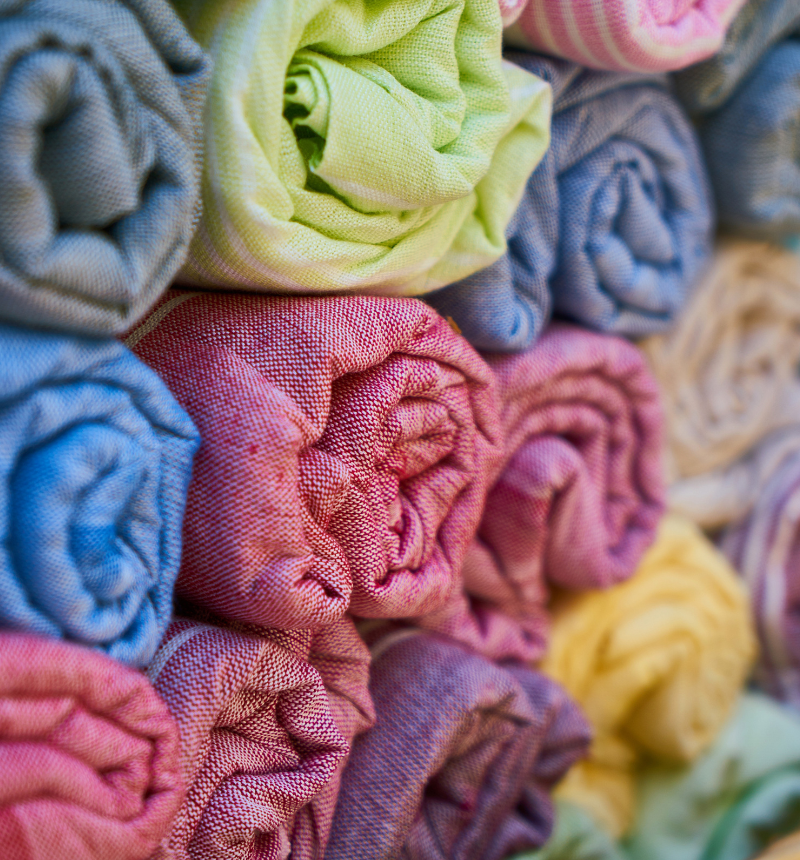
Due to its features such as softness, strength, and sustainability, the application of lyocell is expanding in the fashion, home, and industrial products industries. This is because different types of lyocell fabric used have been able to offer consumers the comfort they desire as well as the performance that manufacturers need.
Clothing
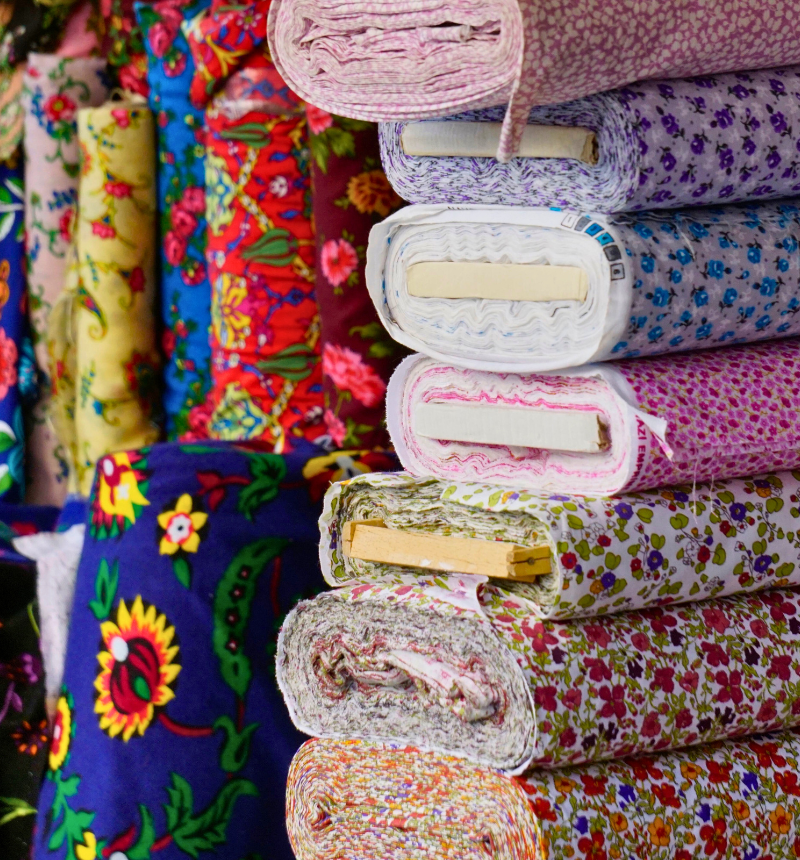
It is widely used in the apparel industry because breathability, the ability of the fabric to manage moisture, and softness are crucial here. You’ll find lyocell fabric properties in a range of clothing types, from relaxed basics to high-performance wear:
- Casual wear: Lyocell can be used in t-shirts, blouses, and dresses, and due to its drape, it feels very soft on the skin and can be worn on any casual occasions.
- Professional wear: Shirts, skirts and trousers- as it gives them a polished look but at the same time they are lightweight and comfortable to wear all day long.
- Activewear and sportswear: Lyocell fabric is a perfect fit for leggings, tops, and yoga wear as it can wick moisture and breathe under pressure.
- Baby clothing: Parents prefer lyocell for onesies, swaddles, bamboo lyocell pj pants and soft sleepers because it is hypoallergenic, gentle on the skin, and free from chemicals.
That is why it is in high demand among fashion brands that seek to make their products luxurious, but at the same time, its chemical structure makes it practical.
Home Textiles

In the home, lyocell is used on products that are in direct contact with the skin for most of the time. These include:
- Bedsheets and pillowcases: Because of its breathability, Lyocell helps regulate temperature while sleeping and therefore will not cause night sweats.
- Curtains and upholstery: It gives a smooth and modern look to ornaments of the structure that are also low maintenance and often less heavyweight.
- Towels and bathrobes: It is made of a very soft material that is quick to dry and therefore can be used in the bathroom as it also makes our home comfortable.
In this regard, Lyocell makes home use textiles comfortable for use when sleeping or resting.
Industrial and Medical Applications
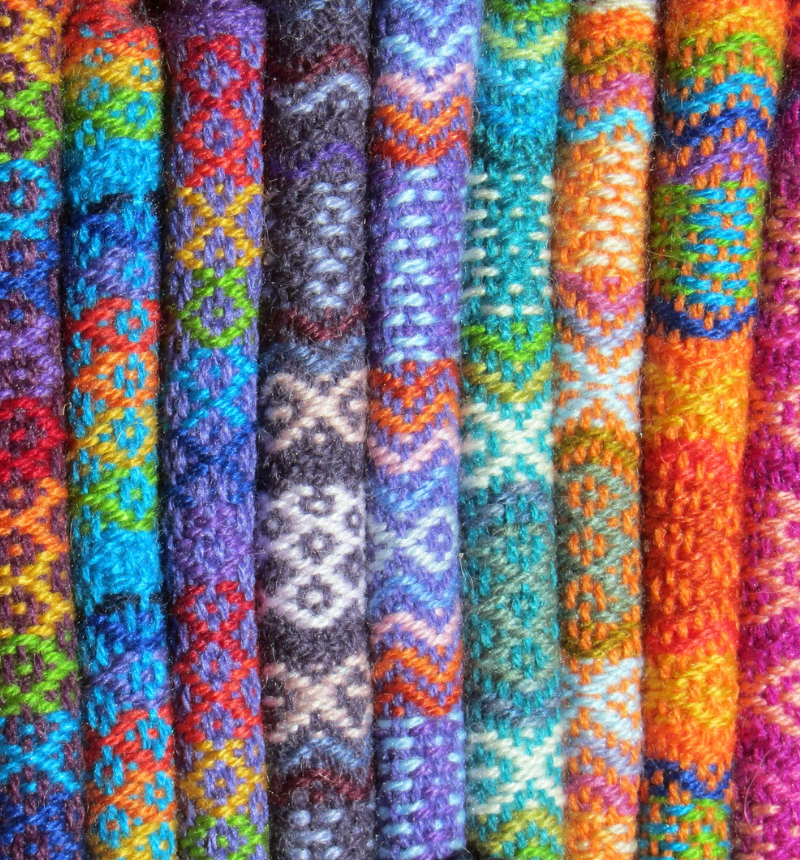
However, lyocell is not only used in fashion and home sectors only; It is commonly used in technical and health care industries also. Some of the uses that boosted lyocell to fame include:
- Medical textiles: It is soft, porous and has an inherent antimicrobial properties for use in bandages, surgical drape, and as dressing materials.
- Cleaning cloths and wipes: It also does not shrink or lose strength with water, which makes it ideal for producing products that are used in cleaning; single-use or reusable.
- Personal hygiene products: Lyocell is used in products such as feminine care products, baby wipes, facial tissue papers that needs softness and biodegradability.
Pros and Cons of Lyocell Fabric
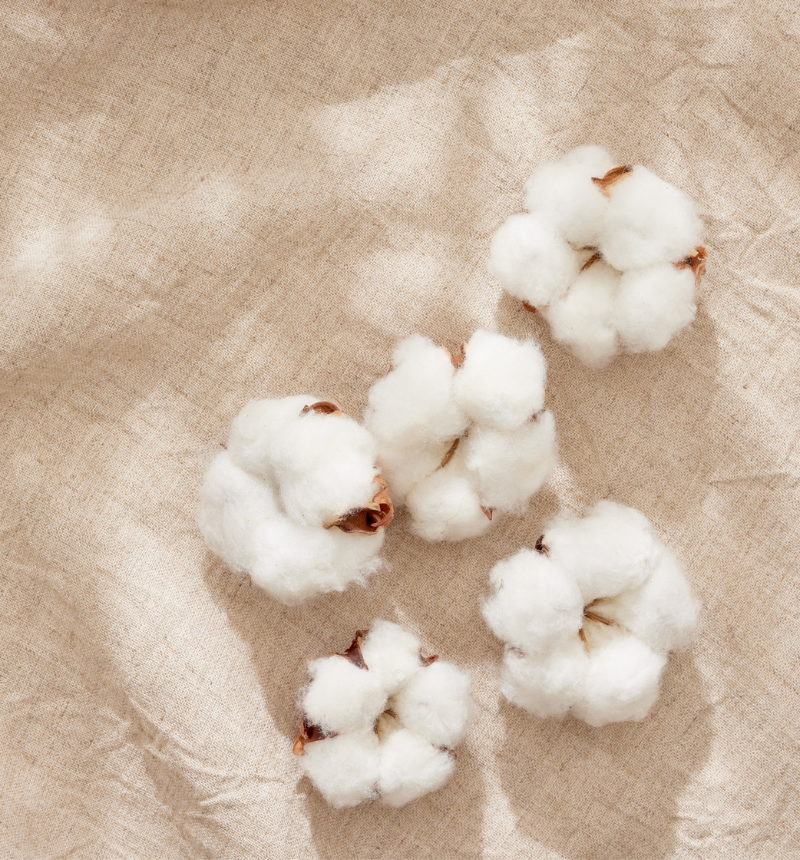
Like any other fabric type, lyocell has its strength and weakness. For this reason, knowing both sides of the equation can help you decide whether it is something that you can deal with and embrace as part of your personality or whether it is right for your brand. Here are some facts about what Lyocell has to offer and some points to note when using or wearing it.
Pros
- Sustainable production with low water and energy use: The organic bamboo lyocell fabric is a closed loop fabric, meaning most of the water and solvents used in the process are recycled in the process.
This is not as detrimental to the environment as other fabrics as are cotton or viscose rayon. The other benefit that make lyocell appealing to the green-conscious consumer and business is that it is environmental friendly in its production. - Biodegradable and compostable: Lyocell fabric is produced from the cellulose which is sourced from the wood; making the fabric a renewable material. The truth is that at some point in time, lyocell is capable of degrading naturally when it is properly composted. This helps to avoid the build up in the landfills over the long-run while others such as polyester or nylon can take several decades or even centuries to degrade.
- Mild on the skin: In addition, it is also very soft and can easily be handled when being used for clothes and other fabrics. It’s very soft and silky, and the best for people with sensitive skin, skin diseases like eczema, or skin allergies. It is mostly applied in products that touch the skin such as underwears, sleep wears and baby wears because it does not cause irritation on the skin.
- Hypoallergenic and non-irritating: It is the natural antimicrobial characteristic of Lyocell that reduces odor and skin rash due to bacterial action. It is especially useful for people who have some skin problems or who are sensitive to synthetic materials. It will also be easy for those with a sensitive respiratory system to use than most other masks.
Cons
- Higher cost than conventional fabrics: Lyocell is more expensive than some of the most common fabrics such as cotton, polyester, or viscose. This is because it is sourced sustainably, and processed naturally, and it is also feels better than other types of materials. This does not alter this characteristic of the fabric in any way but may require steaming or even ironing to make them clean.
- Special treatment: It also needs special attention in order to preserve the quality of the item it is providing. As a highly durable fibre, lyocell fabric is better washed in a delicate cycle. This form of rayon should be washed in cold water and on a gentle cycle, and if at all possible, should be line dried.
High temperature in dryers or abrasive washing is not healthy for the material or even shrinks the fabric. When washing the fabric, one should be very careful to make sure that the fabric does not lose its appearance that it was sold at. - In its pure form it tends to wrinkle easily: As for the wrinkle factor, the garments made from 100 percent lyocell fabric are slightly more likely to wrinkle than garments made from blends. This in no way compromises the practicality or the durability of the fabric, but might need some pre-treatment, steaming or ironing, to attain a business-like appearance. To increase the crease resistance of the fabric, it’s blended with either cotton, polyester, or synthetic fiber like polyester.
Lyocell vs Other Fabrics: How Does It Compare?
| Feature | Lyocell | Cotton | Rayon (Viscose) | Polyester |
| Source | Wood pulp | Cotton plant | Wood pulp | Petrochemical |
| Eco-Friendly | Closed-loop, low water | High water use | Harsh chemical point processing | Non-biodegradable |
| Softness | Silky smooth | Soft | Soft | Synthetic feel |
| Breathability | Excellent | Good | Moderate | Traps heat |
| Moisture-Wicking | Yes | Limited | Limited | Poor |
| Durability | Strong wet/dry | Weak when wet | Weak when wet | High |
How to Wash and Care for Lyocell Fabric
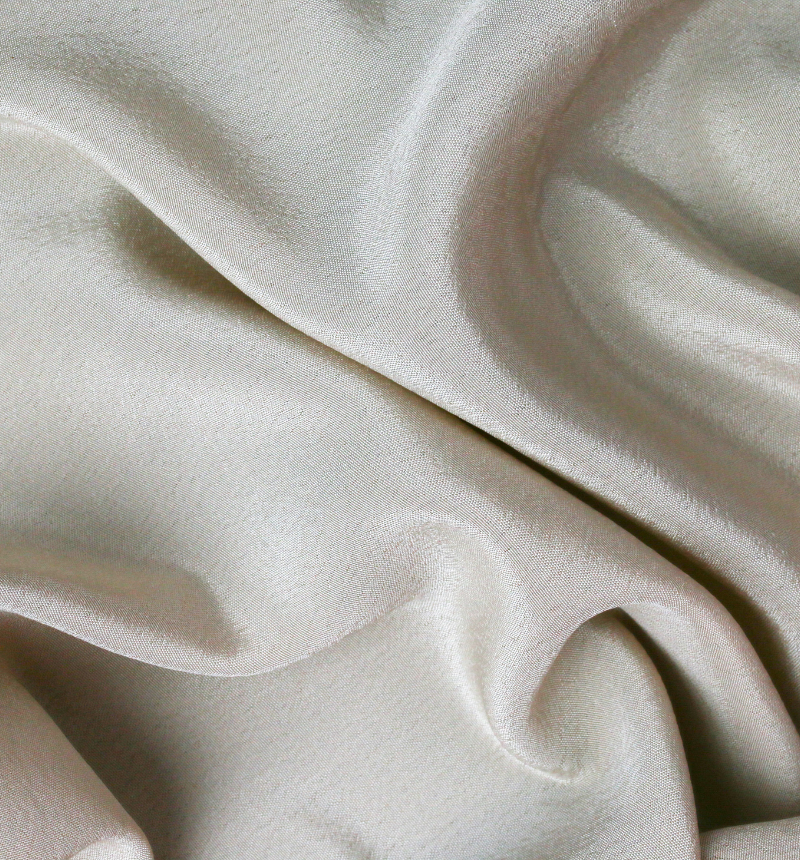
This is an efficient and environmental friendly high quality fabric as with any other high quality fabric, its care should be observed in handling it, washing it and taking care of it in order to maintain the softness, bright colors and shape. Whether you are washing normal wear, fancy pillowcases or other customized fabrics, lyocell items always benefit from these rules.
- Machine wash with care: Most Lyocell garments are washable, although we advise checking the label first before washing. Avoid using hot water, and avoid clothes wash cycles with heavy spinning wear and agitation, as they damage the fabric fibers may be shrinking.
- Choose mild, eco-friendly detergents: While delicate, lyocell is also sensitive to harsh soaks, bleach or when amine oxide is used, which can damage the natural fabric of the material. Instead, you should wash it with a gentle, phosphate free, and non-ionic detergent which contains no brighteners or softeners in it. This helps the fabric and make it more biodegradable.
- Air dry when possible: Because of this, it is best to air dry lyocell fabric to avoid stress on the fabric’s structure as well as wear and tear. You should either lay the items flat or hang the items so they don’t sit in direct sunlight. If you haven’t got time, then tumble dry on low heat, pulling the long lyocell shirt blue fabric, when it is slightly damp to avoid over drying or shrinking.
- Avoid bleach and harsh chemicals: In fact, the h m long lyocell fabric breaks down when used with very small quantities of chlorine bleach and other very strong cleaning products. Don’t use bleach, or any product containing alcohol, ammonia or other toxic chemicals.
Why Lyocell Is One of the Best Sustainable Fabrics Today
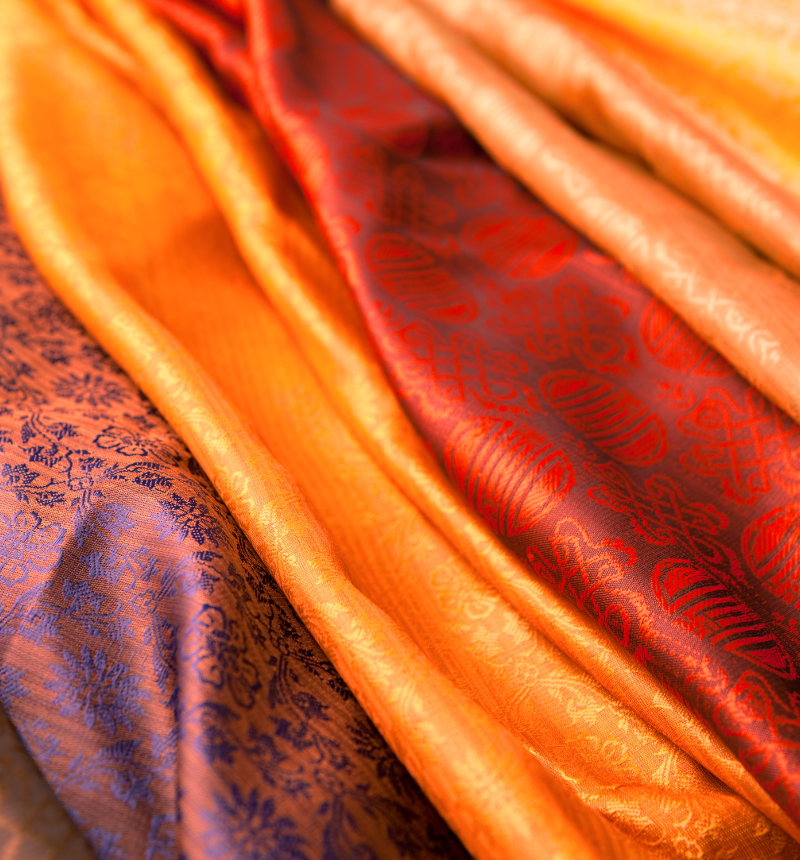
Lyocell has become one of the top sustainable alternative for eco-friendly brands and consumers as the fashion and textile industries move toward sustainability. It’s a fiber that is designed from the ground up to cause no harm and use resources in the most efficient manner possible, beyond mere surface level “green” claims.
Let’s take a closer look at its properties, how its made through the tencel division process and other lyocell production processes.
- Made from renewable raw materials: Lyocell is made from wood pulp obtained from fast-growing trees like eucalyptus, beech and spruce. Cotton is raised in sustainably managed forests that take up less land, use fewer pesticides and need minimal irrigation when compared to these trees. That means a responsible supply chain all the way back to the source.
- Low water usage: Unlike cotton, which requires thousands of liters of water to grow and process, lyocell is produced using much less water. In most cases, the water used in manufacturing is part of a closed loop system, so the entire tencel production process is vastly more efficient and far less wasteful making it cheaper to produce.
- Clean, closed-loop processing: During the production of lyocell, the chemical solvent used to dissolve the wood pulp, amine oxide, is non-toxic and recycled through a closed loop process. The system can reuse up to 99% of the direct solvent and water, which cuts down on pollution and removes the release of harmful byproducts into the environment.
- Biodegradable and compostable: As lyocell is eco-friendly when it is dumped, it can degrade within weeks if the conditions are placed in the industrial composting conditions. This makes it even better than synthetic fabrics which normally lasts for decades before it can be degraded on the landfills.
Final Thoughts: Should You Choose Lyocell?
Not only is lyocell soft and strong, it’s a fabric that’s good for people as well as for the planet. It is less wasteful, uses less water and feels great on your skin. That’s why more shoppers, designers and brands are choosing it. Lyocell is a good choice if you’re looking for clothes that are safe and comfy, or fabric that works hard without hurting the Earth.
If you are a business looking for great materials, Suzhou Yanmao Textile Technology Co., Ltd. is there to assist you. Top brands and small designers work with us to create custom, eco-friendly fabrics that fit your needs and your goals. Want to try lyocell in your next product? Contact Suzhou Yanmao today. Let’s make something amazing together!





